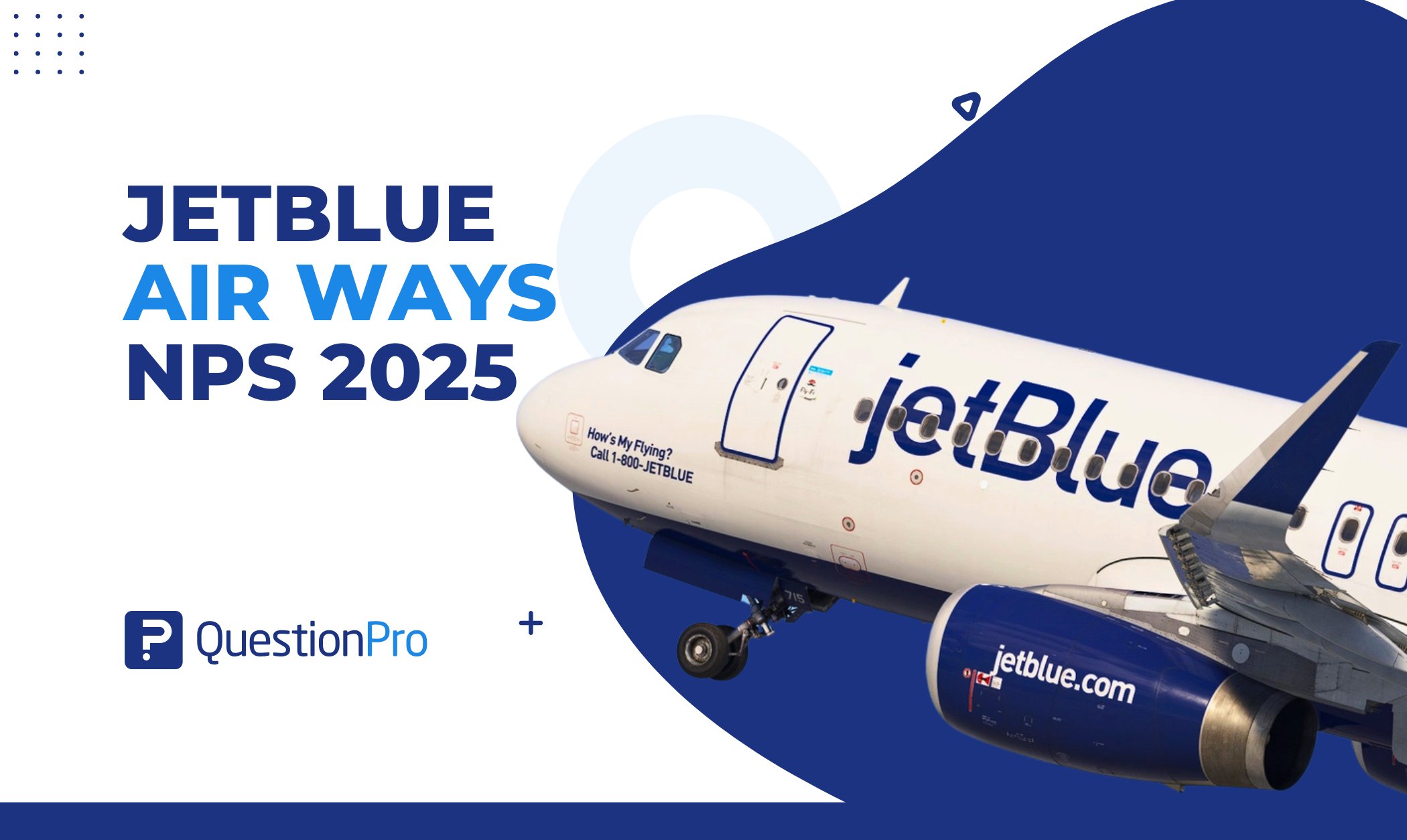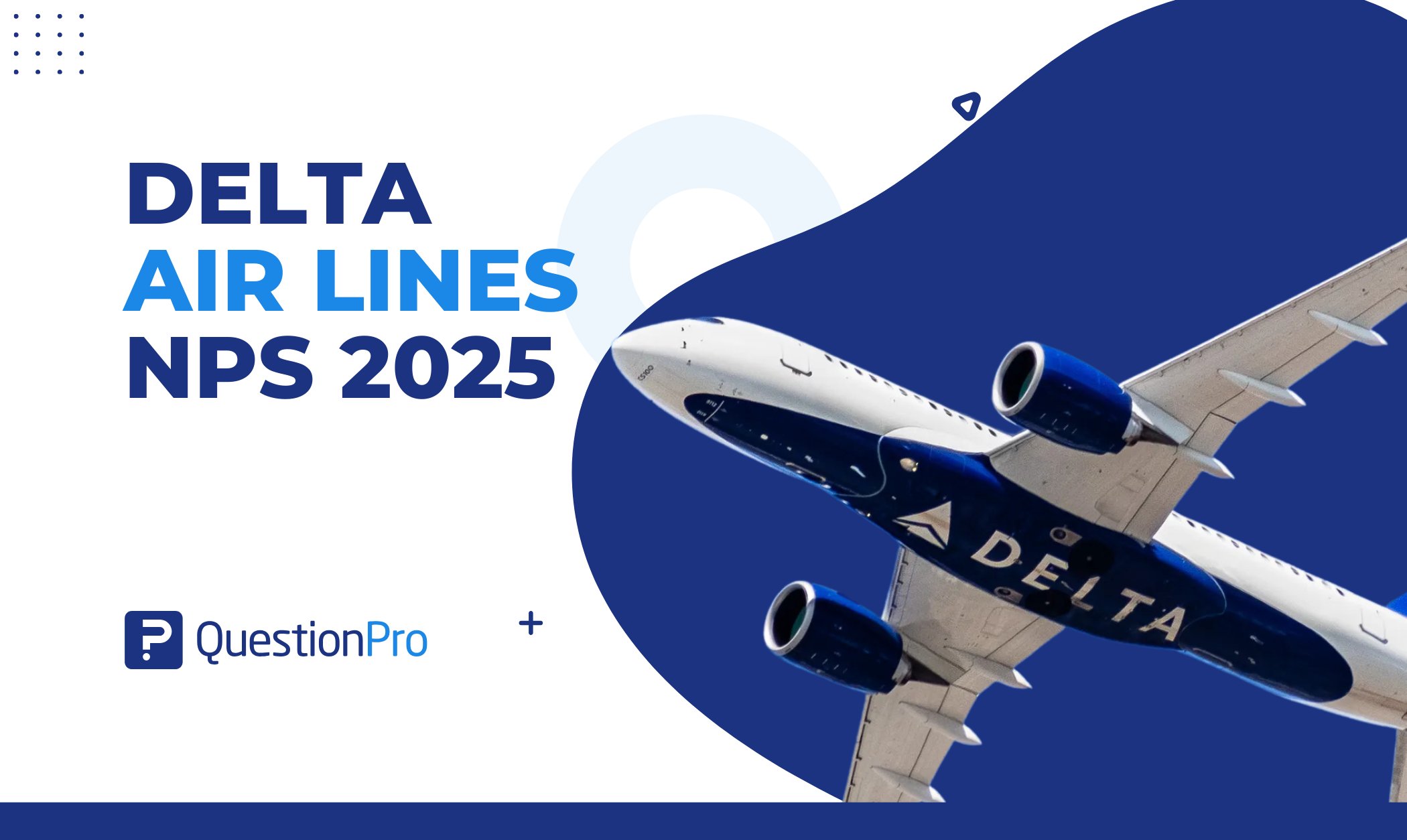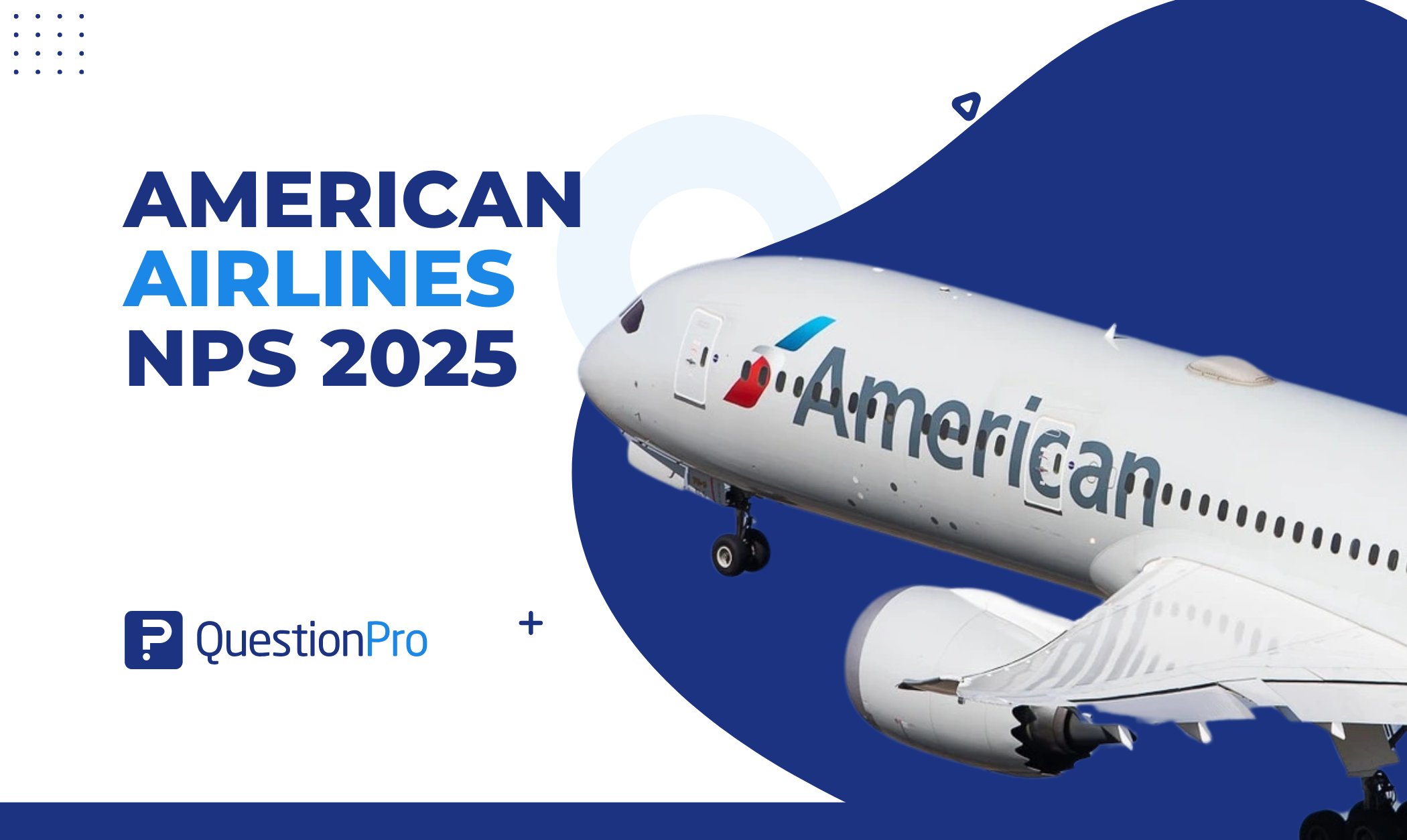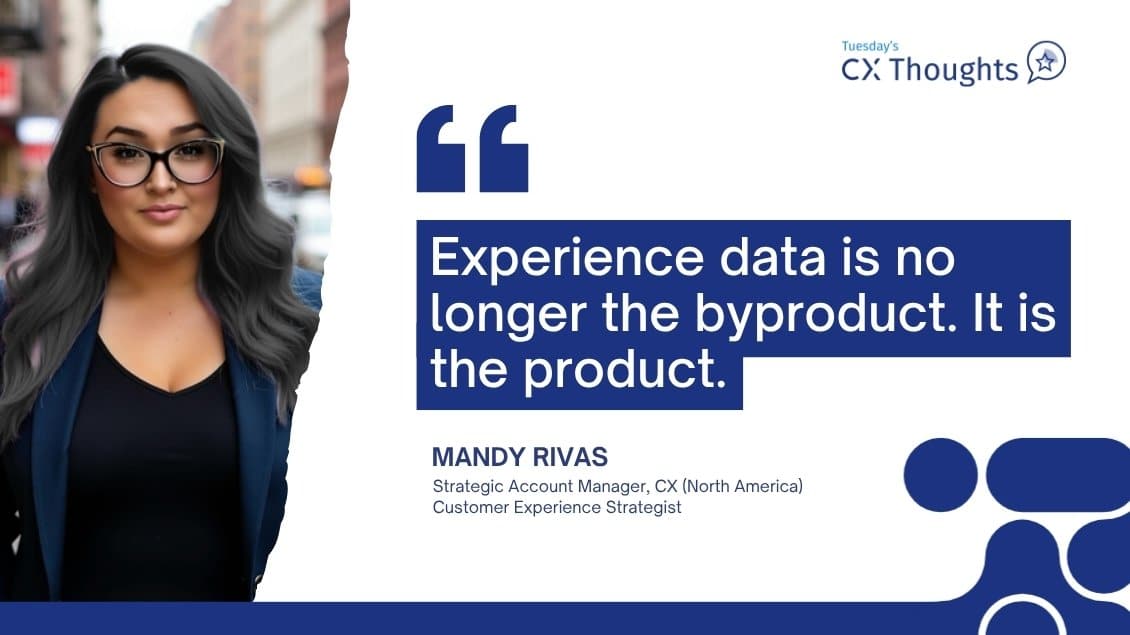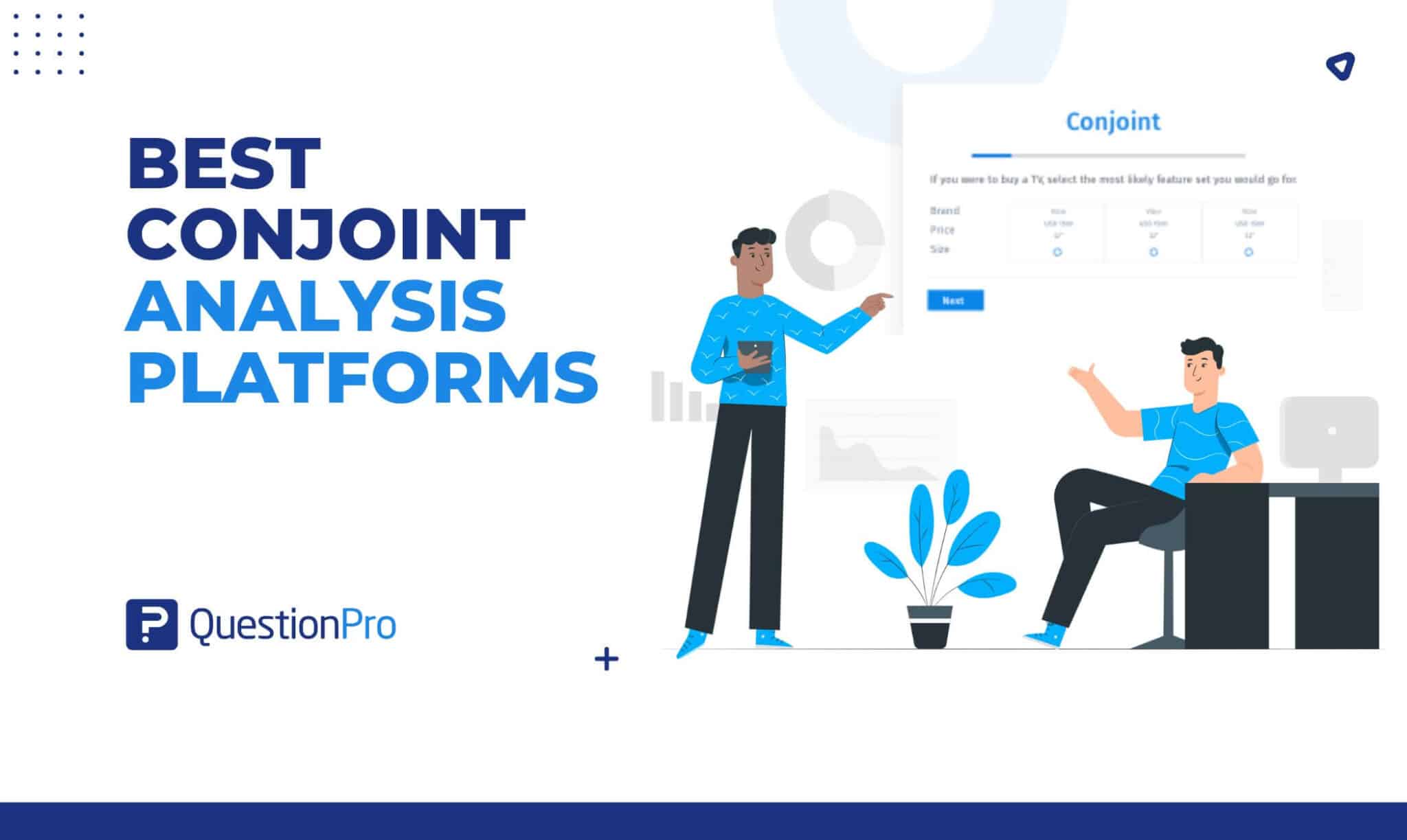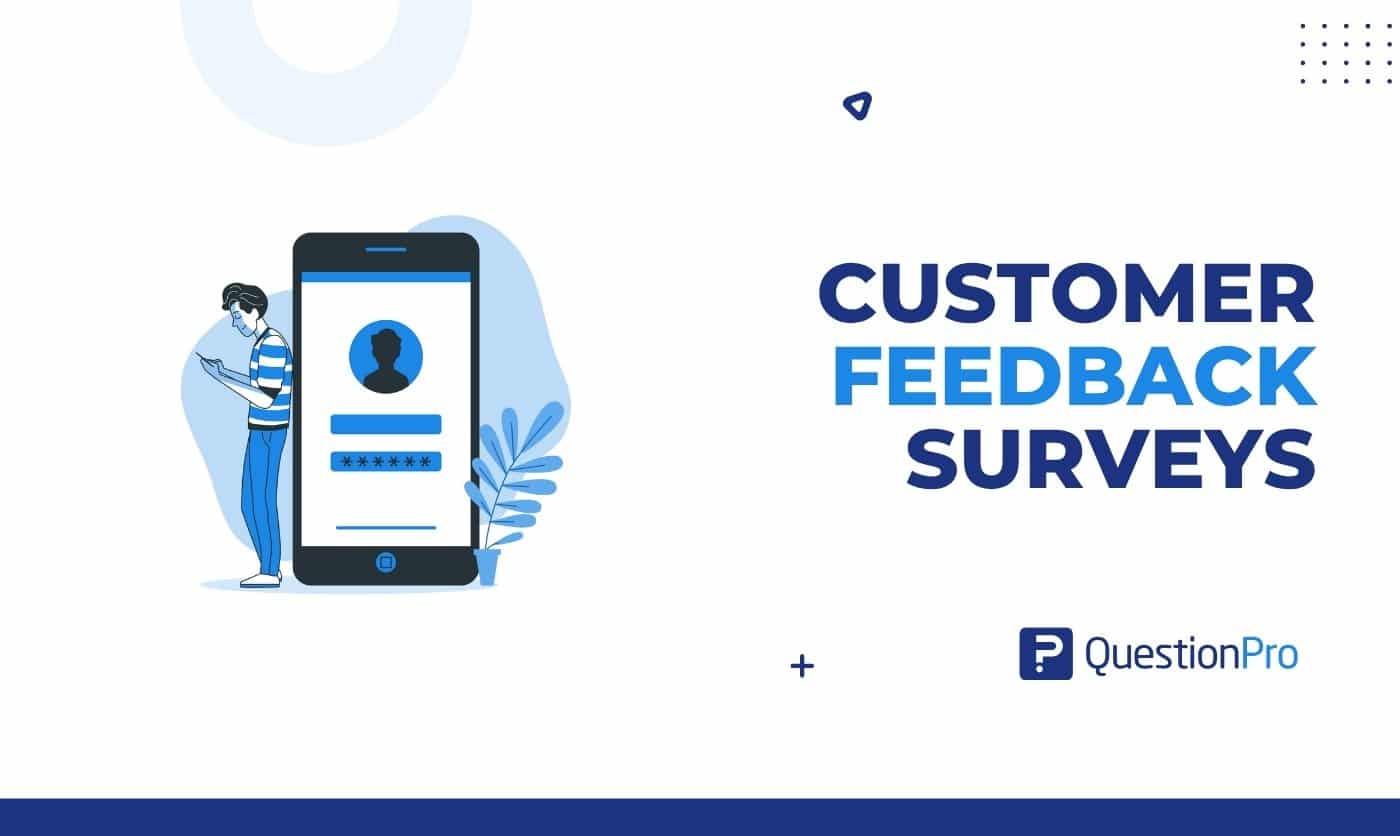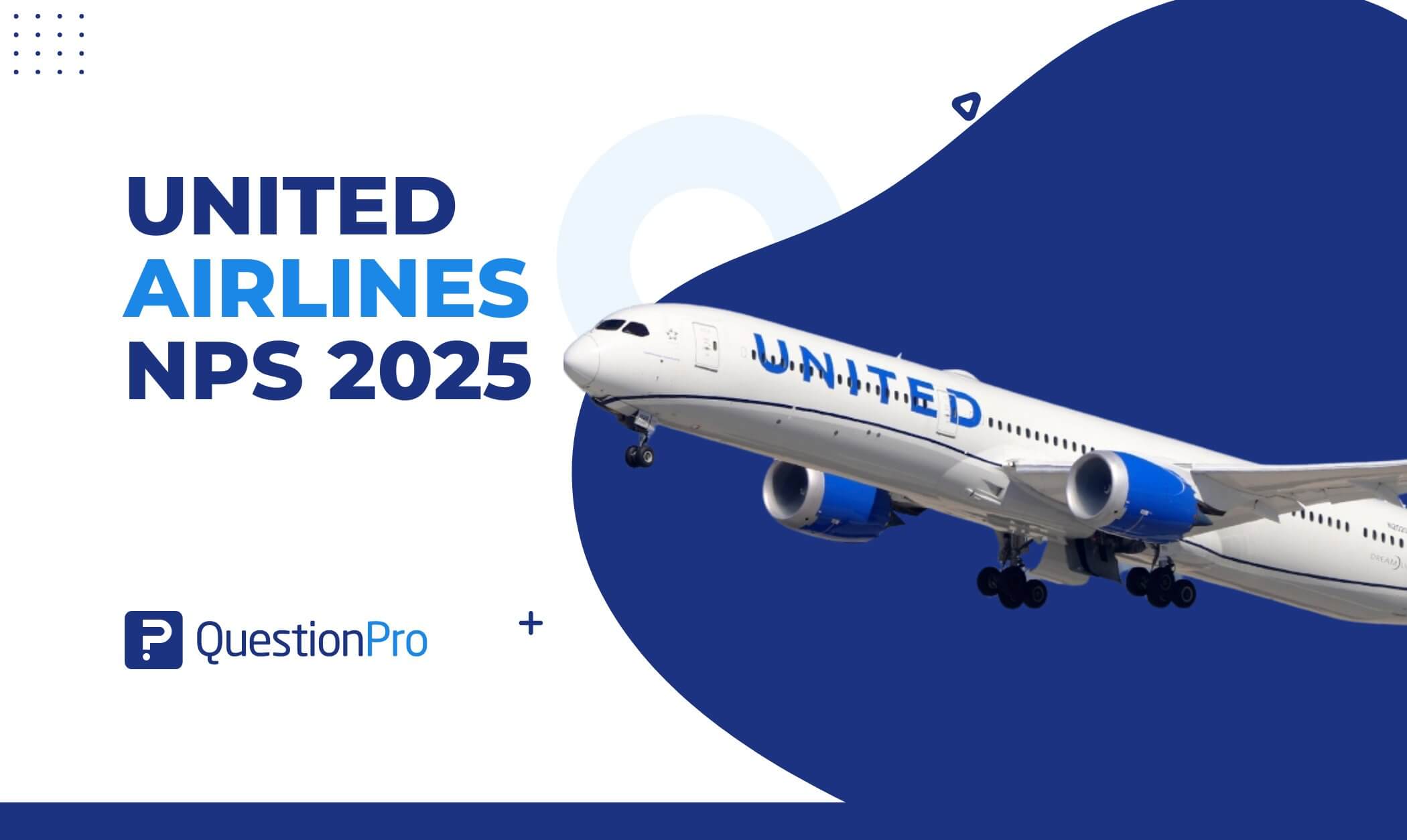
Customer loyalty in the airline industry can be difficult to earn and even more challenging to maintain. Travelers remember more than just the flight; they remember how they felt every step of the way, from booking to landing. Net Promoter Score (NPS) is one of the most effective ways to measure that feeling.
In this blog, we’ll explore United Airlines’ NPS in 2025, compare it with the industry average, and take a closer look at what the data tells us about customer loyalty, satisfaction, and where there’s room to grow.
What Is NPS and Why Does It Matter?
Net Promoter Score (NPS) is one of the simplest, most powerful ways to measure customer loyalty—and more importantly, customer advocacy.
It’s based on a single question:
“On a scale of 0 to 10, how likely are you to recommend us to a friend or colleague?”
Depending on how people respond, they’re sorted into three groups:
- Promoters (9–10)
These are your loyal fans. They’ve had a great experience and are happy to tell others.
- Passives (7–8)
These folks are satisfied, but not enthusiastic. They won’t complain, but they won’t go out of their way to promote you.
- Detractors (0–6)
These customers had a less-than-ideal experience and are likely to share that with others.
The formula is:
NPS = % of Promoters – % of Detractors
A positive NPS means more advocates than critics. A negative score means you’re losing more love than you’re earning.
United Airlines NPS Performance Score
United Airlines NPS Score for 2025 is 25, and while that’s not rock bottom, it does show room for improvement, especially when the industry average is 33.
Let’s break it down:
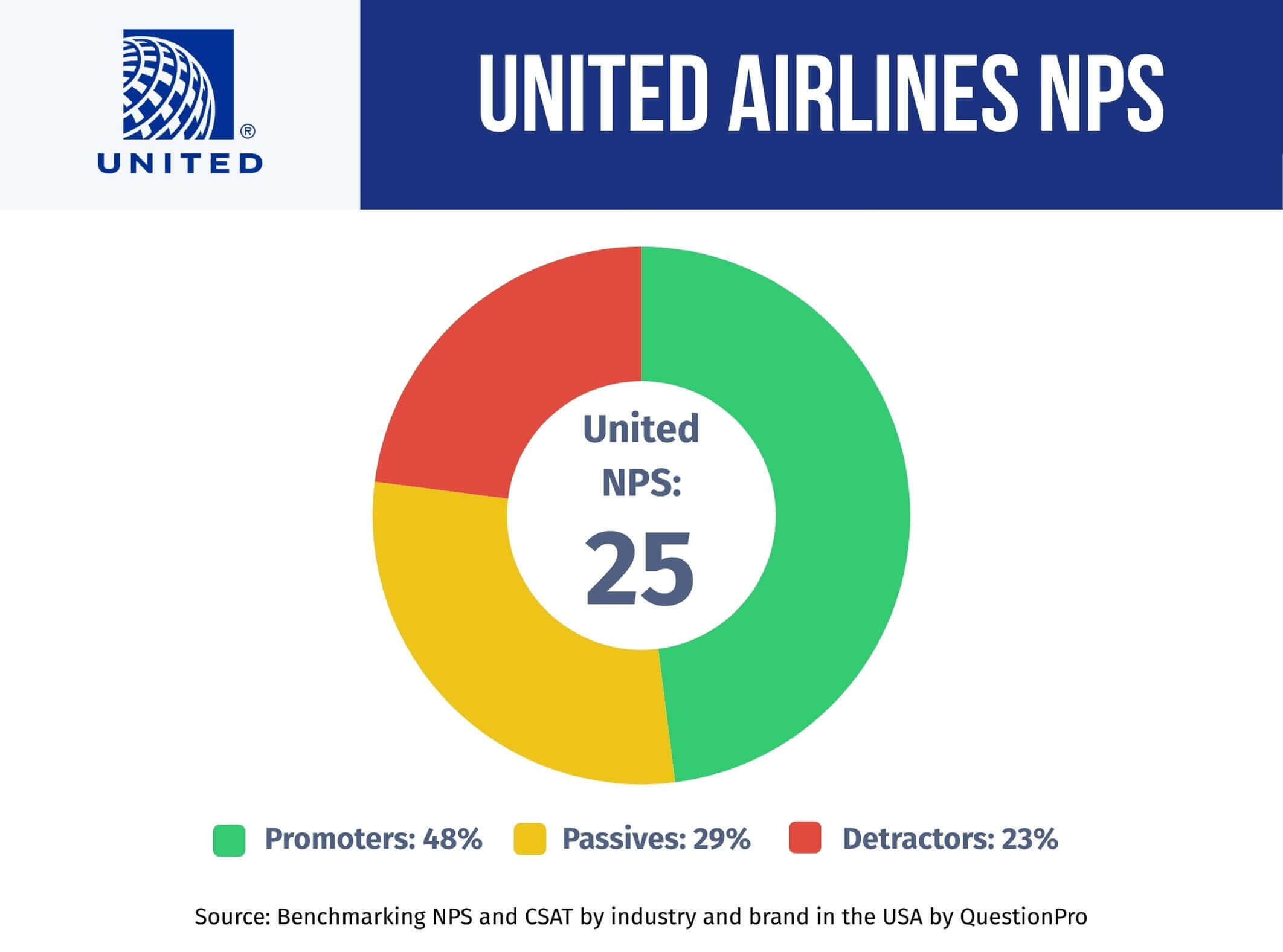
48% of customers are Promoters
These folks had a good experience and would gladly recommend United to friends or family. That’s almost half, which is a solid start—but ideally, you want this number to be much higher.
29% are Passives
These passengers didn’t have a bad time, but nothing wowed them. They’re satisfied but not excited, making them more likely to switch to another airline if something better comes.
23% are Detractors
Nearly one in four customers walked away unhappy. That’s a big group, and it signals that some parts of the travel experience—maybe delays, service issues, or check-in problems—aren’t meeting expectations.
This mix explains why United’s NPS is lagging. There’s a base of loyal travelers, but too many people are indifferent or actively disappointed. And that’s something worth paying attention to.
How Does United Compare to Other Airlines?
United Airlines isn’t exactly topping the charts in terms of customer loyalty. With an NPS of 25, it falls short of the airline industry average of 33. That gap may not seem huge at first glance, but in a world where customer trust is everything, even a few points can make a big difference.
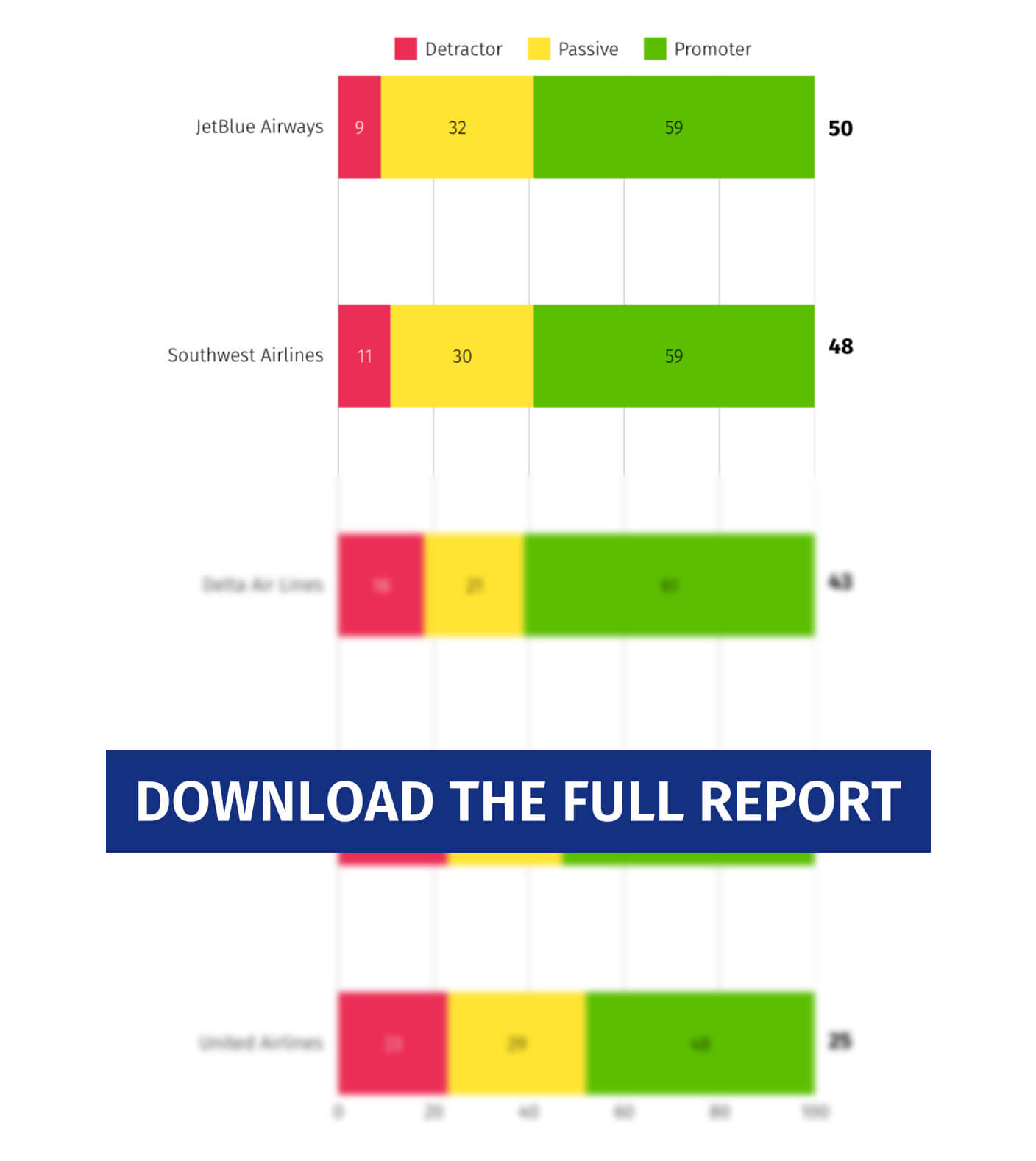
Now, compare that to JetBlue—a brand that’s getting it right. JetBlue’s NPS is 50, which shows that they’re not just meeting expectations but making people happy enough to recommend them to friends and family.
For United, the lower score means many customers are walking away feeling “okay” about their experience. Maybe the flight was fine but not memorable, or the service was acceptable but not warm. That experience doesn’t inspire loyalty—it just checks a box.
While some airlines turn everyday passengers into passionate promoters, United leaves people in the middle. There’s potential, but they’re not quite hitting the mark. To compete, United needs to shift from being a functional airline to one that makes people feel good about choosing them, and talking about it afterward.
Why Is United’s NPS Falling Behind?
Here are four key factors explaining why United isn’t leading the skies in customer sentiment:
- Lack of Strong Advocates
Only 48% of United’s passengers are Promoters. That’s under half of all customers, which means many flyers aren’t enthusiastic enough to recommend the airline.
- Too Many Detractors
With 23% of respondents sharing negative experiences, there are clear friction points along the travel journey, potentially involving delays, customer service interactions, or in-flight comfort.
- Mild Satisfaction, Not Enthusiasm
A CSAT score of 74% shows that while most passengers are content, they’re not thrilled. “Satisfied” might get passengers to book once, but “delighted” turns them into repeat customers.
- Lukewarm Loyalty Intent
When asked about future travel plans:- 76% said Yes
- 15% said Maybe
- 9% said No
That leaves nearly one in four travelers either hesitant or unwilling to return, underscoring the importance of improving the customer journey from start to finish.
Steps to Improve Your NPS with QuestionPro
If you’re looking to improve customer loyalty in your own business, here are a few proven steps using QuestionPro’s NPS tools:
- Ask the Right Questions: Start with the 0–10 NPS question and follow up with open-ended “Why” questions to get context behind the scores.
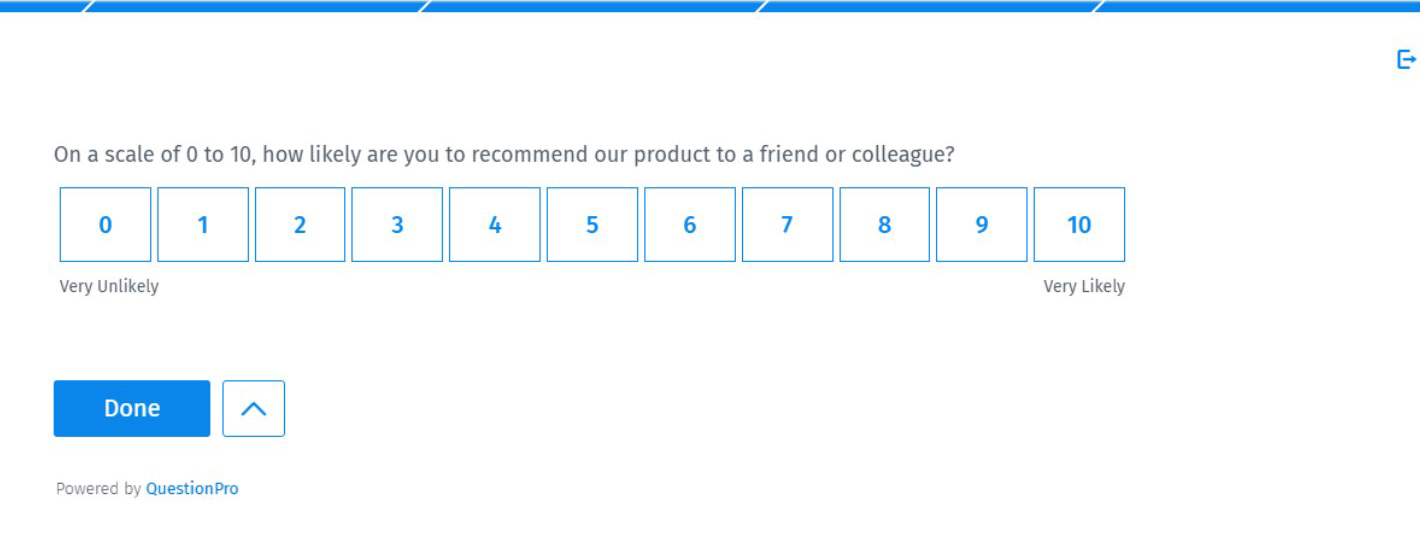
- Break Down the Data: Once responses come in, look beyond the overall score. Use filters like location, flight class, travel purpose, or loyalty status to spot patterns. You might find that frequent flyers love your upgrades, but first-timers aren’t having the same experience.
- Reach out to Detractors: Every Detractor is a chance to improve. Don’t let negative feedback go unnoticed. Respond quickly and thoughtfully. Sometimes, a small gesture or follow-up message can turn a frustrated customer into a loyal one.
- Support Your Promoters: Your happy customers are your best advocates. Encourage them to leave a review, join your rewards program, or share their experience with friends. A little nudge goes a long way.
- Track and Benchmark Over Time: Great customer experience isn’t a one-time win. Keep an eye on your progress by comparing your score quarter over quarter. And don’t forget to benchmark against your industry—QuestionPro makes it easy to see how you stack up.
With these steps, NPS becomes more than just a number—it becomes a tool for building stronger relationships, earning more trust, and growing long-term loyalty.
Want to Know How Your Brand Stacks Up?
The Q1 2025 NPS Benchmark Report gives you the complete picture across airlines, retail, grocery, and more. If you’re wondering how you compare or looking for insights to improve customer satisfaction, it’s the perfect place to start.
Or contact the experts at QuestionPro for guidance tailored to your industry.
United isn’t the only company in the airline industry with valuable lessons for those looking to improve their customer service and experience. Below, we recommend a few articles where you can learn how other major airlines manage to maintain a high NPS and a loyal customer base — you’ll surely find some useful insights along the way.




